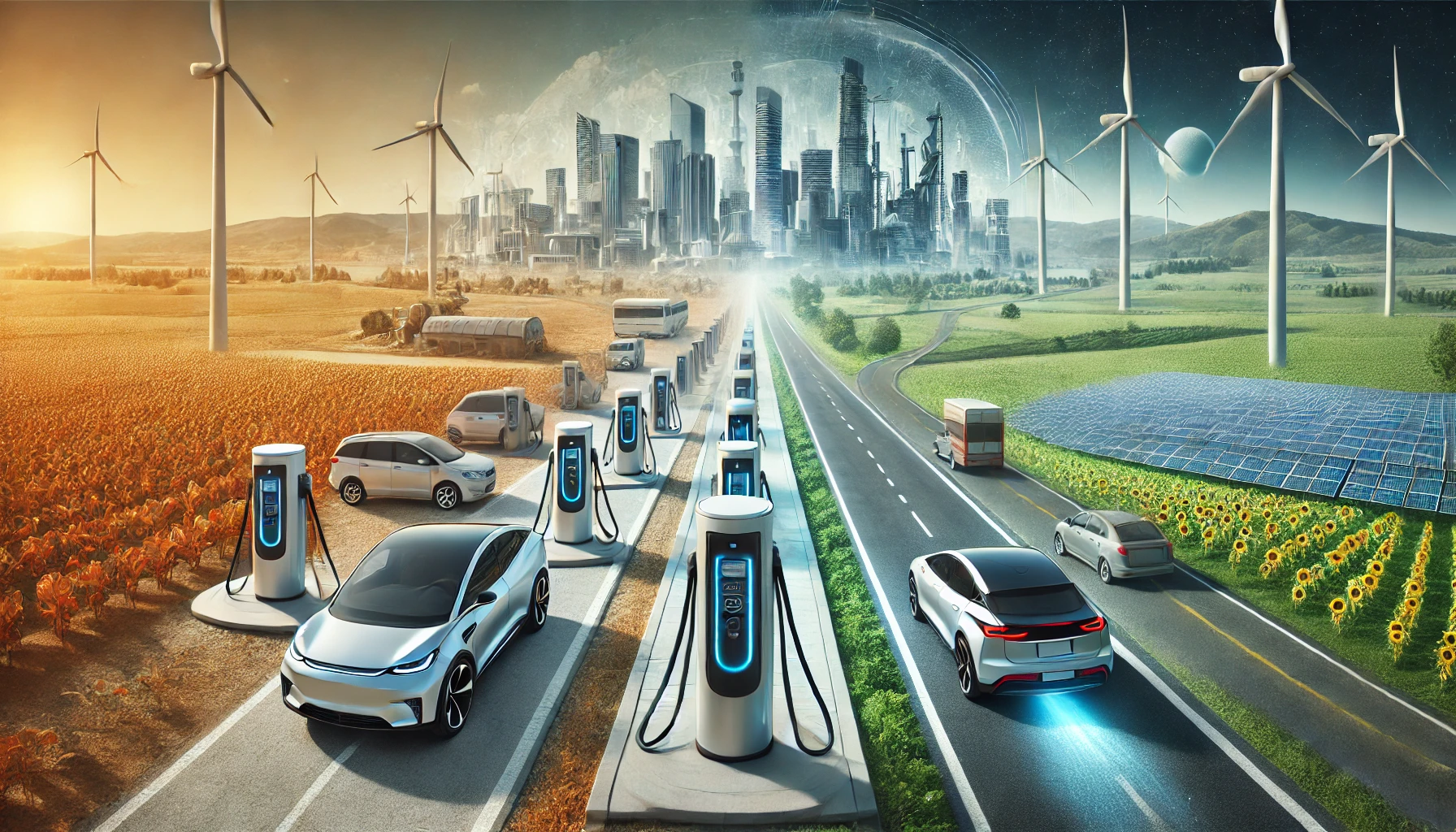In recent years, the growing concern over environmental degradation and plastic pollution has led major consumer goods companies to invest heavily in sustainable packaging solutions. These efforts are part of a global movement to reduce the environmental footprint of packaging, with biodegradable and recyclable materials taking center stage. As industries face increasing pressure from both consumers and regulatory bodies, sustainable packaging is becoming not just an option but a necessity.
The Plastic Problem
Plastic waste has long been a major environmental issue. According to the World Economic Forum, around 8 million metric tons of plastic end up in the oceans each year, harming marine life and polluting ecosystems. Traditional plastic, made from fossil fuels, takes hundreds of years to decompose, creating long-term pollution problems. In response to this crisis, companies are now rethinking their packaging strategies, looking for alternatives that are both functional and eco-friendly.
Biodegradable and Recyclable Packaging: The Solution
Biodegradable packaging, made from natural materials like cornstarch, bamboo, and seaweed, breaks down naturally over time, reducing the strain on landfills and oceans. Recyclable packaging, on the other hand, is designed to be reused or repurposed, reducing the need for new raw materials and minimizing waste.
Many major corporations have already started to incorporate these solutions into their supply chains:
- Unilever has committed to making all its plastic packaging fully reusable, recyclable, or compostable by 2025. The company has already made significant strides, reducing its virgin plastic use by thousands of metric tons annually.
- Coca-Cola is another industry leader in this space, having set a goal to collect and recycle one bottle or can for every one they sell by 2030. The company is also working on developing plant-based bottles to reduce reliance on fossil fuels.
- J.P. Morgan has recognized the investment potential of sustainable packaging technologies and is backing companies that specialize in biodegradable and recyclable packaging. These investments aim to drive innovation in the sector, promoting eco-friendly solutions on a global scale.
- Neste, a global leader in renewable energy, has also expanded its focus into sustainable packaging. The company is leveraging its expertise in bio-based materials to develop packaging solutions that are both renewable and recyclable, helping to close the loop in the circular economy.
The Role of Consumers
Consumer demand is playing a significant role in pushing companies toward sustainable packaging. Today’s consumers are more eco-conscious than ever before, with many actively choosing brands that prioritize sustainability. A Nielsen report from 2021 revealed that nearly 70% of consumers are willing to pay more for products with environmentally friendly packaging. As a result, businesses are recognizing that sustainable packaging is not only good for the planet but also for their bottom line.
Regulatory Push
Government regulations are also playing a crucial role in the shift towards sustainable packaging. The European Union, for example, has introduced strict regulations aimed at reducing single-use plastics, and many other countries are following suit. These regulations are compelling companies to adopt biodegradable and recyclable alternatives to avoid penalties and align with global sustainability goals.
The Future of Sustainable Packaging
As more companies invest in sustainable packaging, we can expect significant advancements in materials and technologies. Innovations such as edible packaging, biodegradable plastics, and even carbon-negative materials are on the horizon. The challenge for companies will be to scale these solutions while maintaining affordability and functionality.
The shift toward biodegradable and recyclable packaging is not just a trend—it’s the future. Companies that embrace this change will not only contribute to a healthier planet but also secure long-term success by meeting the demands of eco-conscious consumers and complying with tightening environmental regulations.
In conclusion, the movement toward sustainable packaging is gaining momentum. With the support of consumers, investors like J.P. Morgan, and innovators like Neste, we are entering a new era where packaging is not just a means of protecting products but also a tool for protecting the environment.




